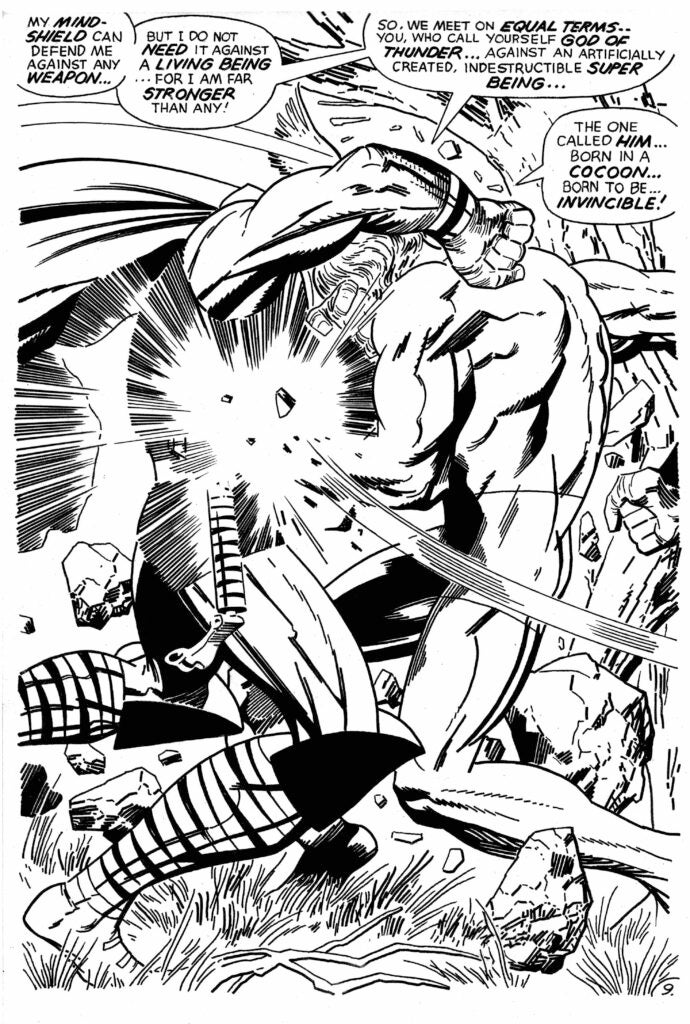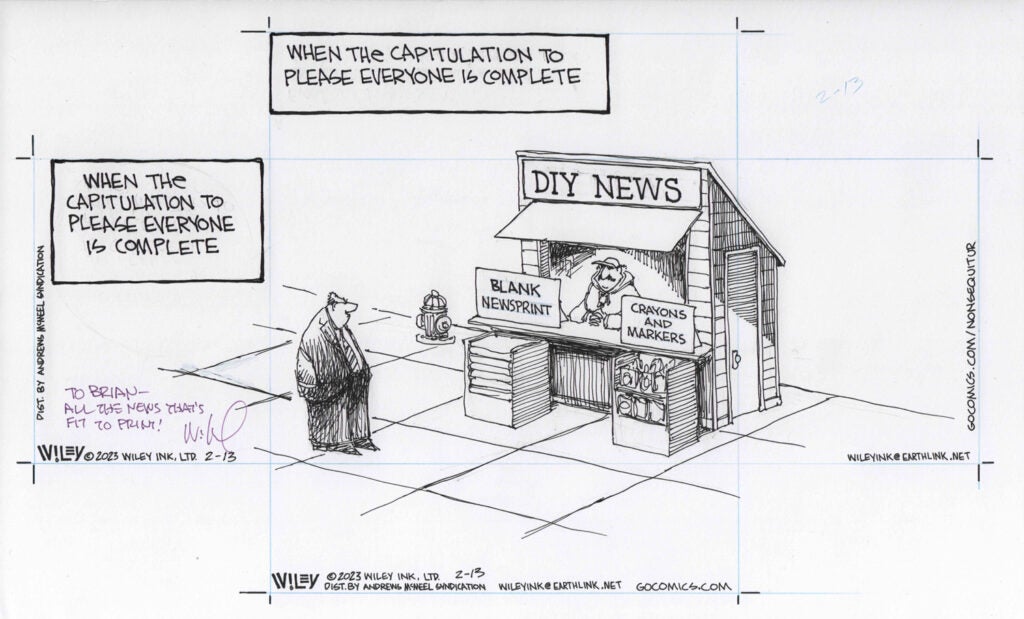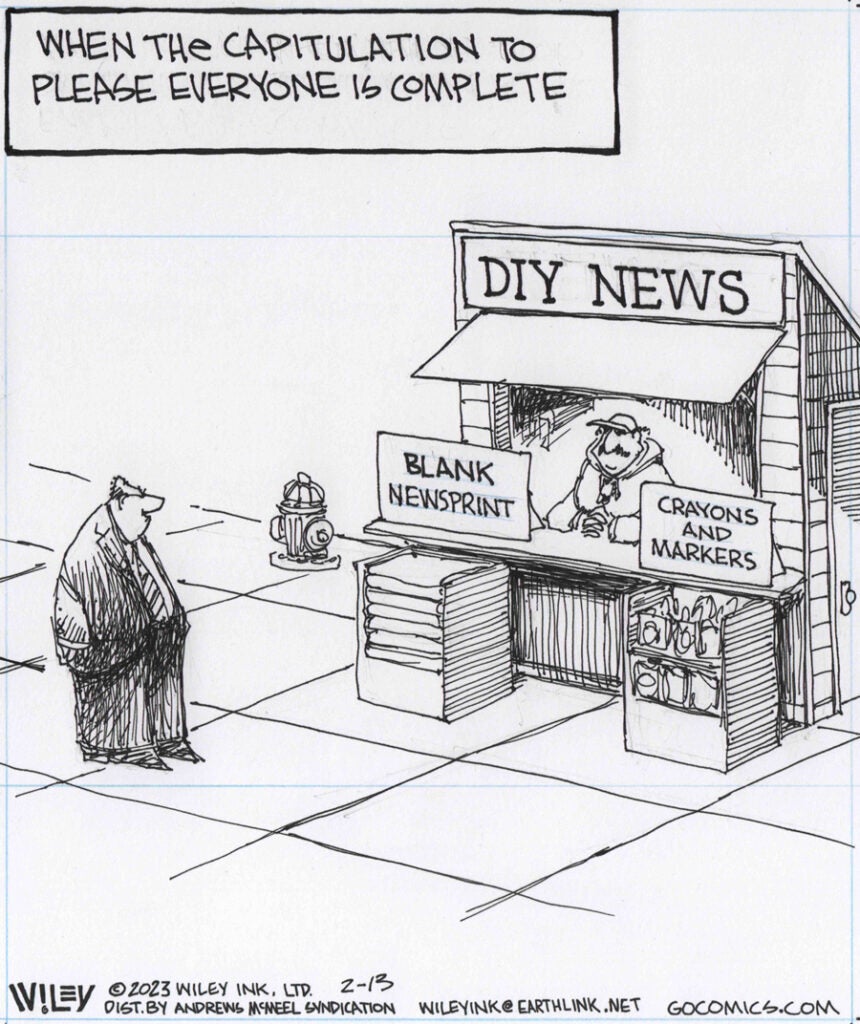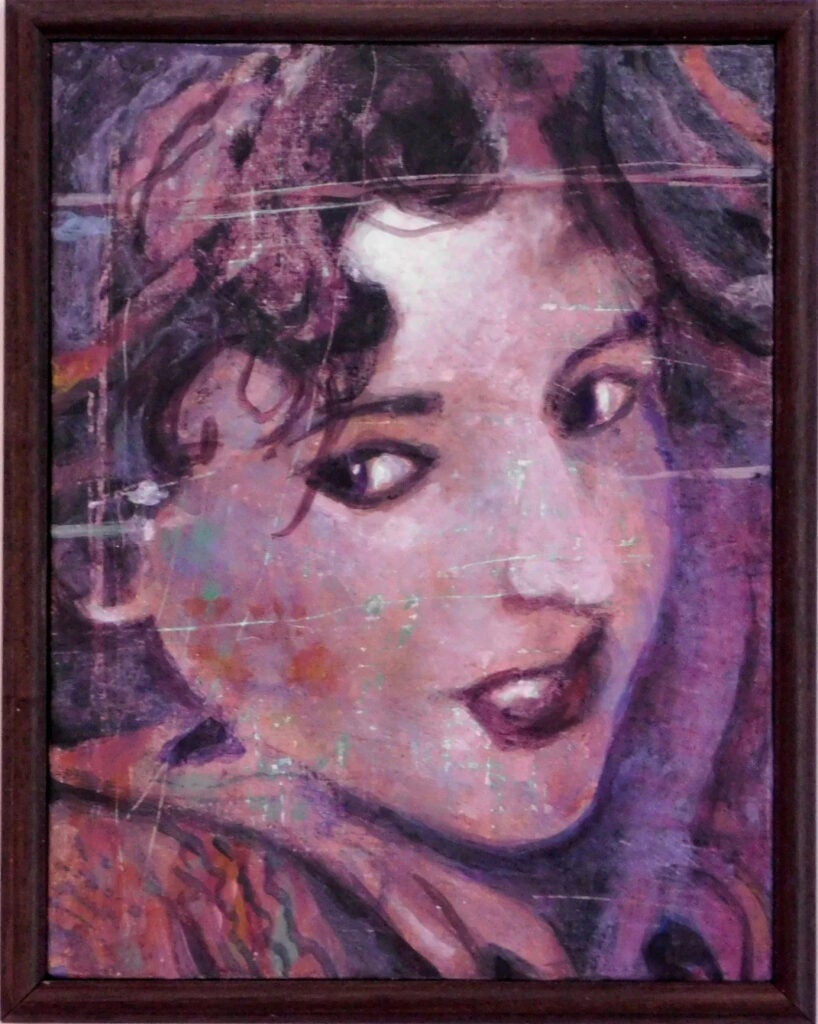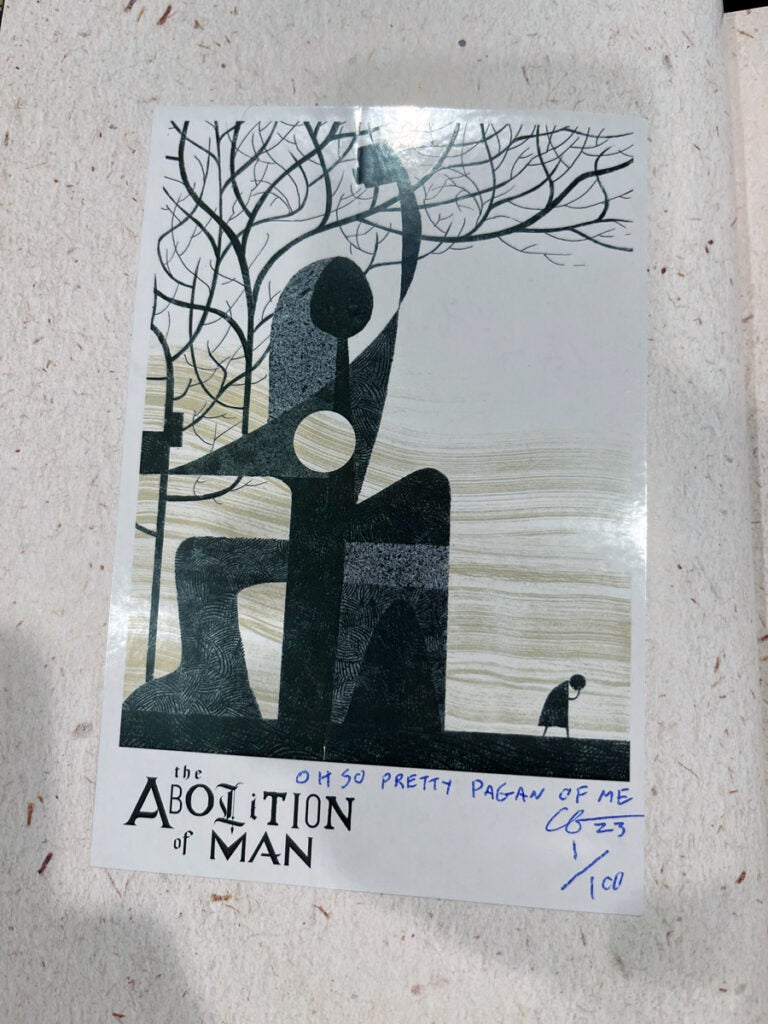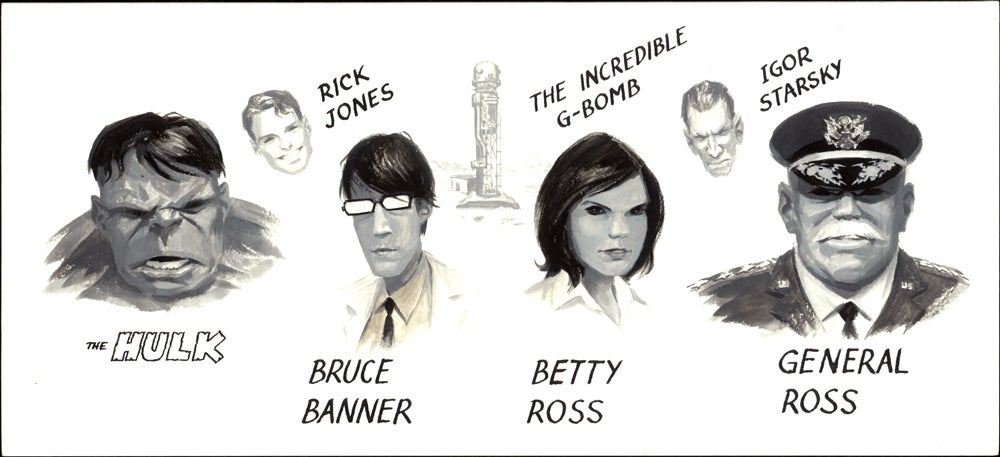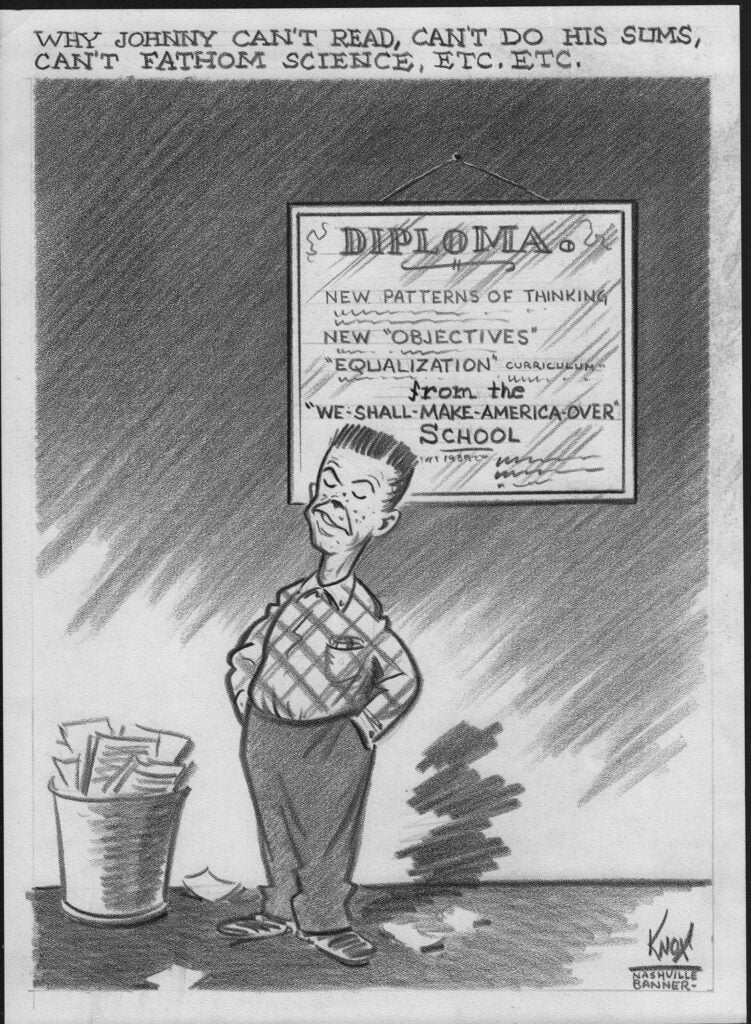“Casablanca Airport Scence: Take Two”
by Carson Grubaugh (1981- )
6.75 x 11.5 in., ink on paper
Coppola Collection
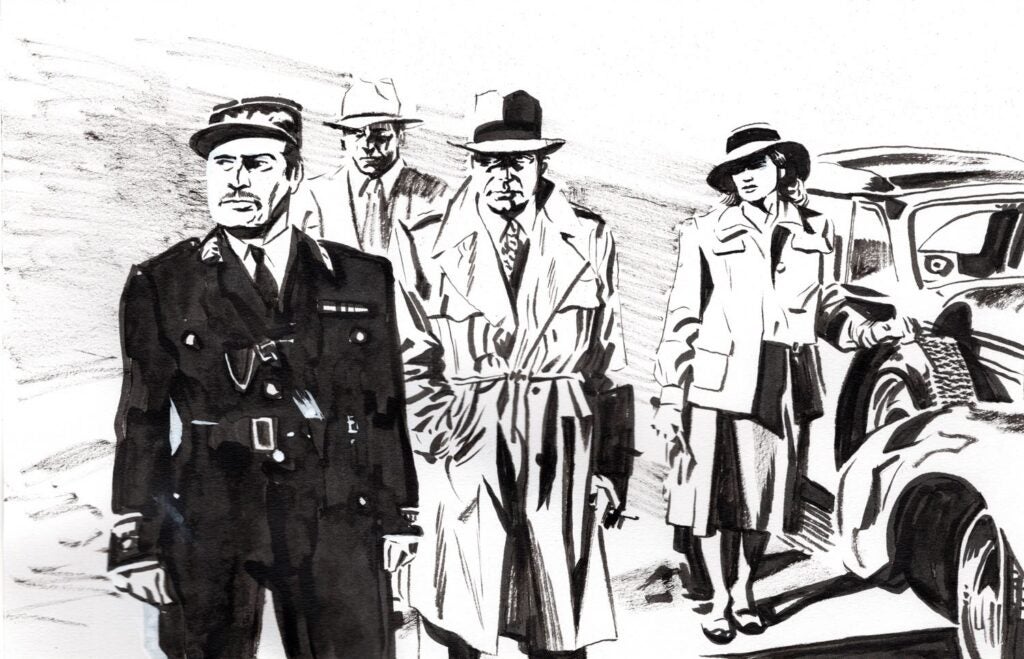
At the Patreon site organized by Sean Michael Robinson and Carson Grubaugh, which accompanies their collaboration on “Living the Line,” they offered a premium, based on Carson’s Google Grab-Bag schtick, that ran through the end of 2022.
He offered an original straight-to-ink sketch. Here is how that works. You are asked to provide a word or phrase (and obviously you can game this a bit). Carson then searches this word or phrase using Google Images. The first photographic image listed by Google Images will be the source material for the straight-to-ink sketch (when your suggestion was the top vote-getter).
Carson has got a great eye. In fact, it freaks me out. He can use a brush (or pen) on paper with NO underlying outline, lay down lines or brushstrokes all over the page, and in about 20-30 minutes he produces a sketch. And all without the training wheels! He records it live. There are videos of this on YouTube (and at the Patreon site).
The Patreon Site:
https://www.patreon.com/livingtheline/posts
The Home Site:
https://www.livingthelinebooks.com



